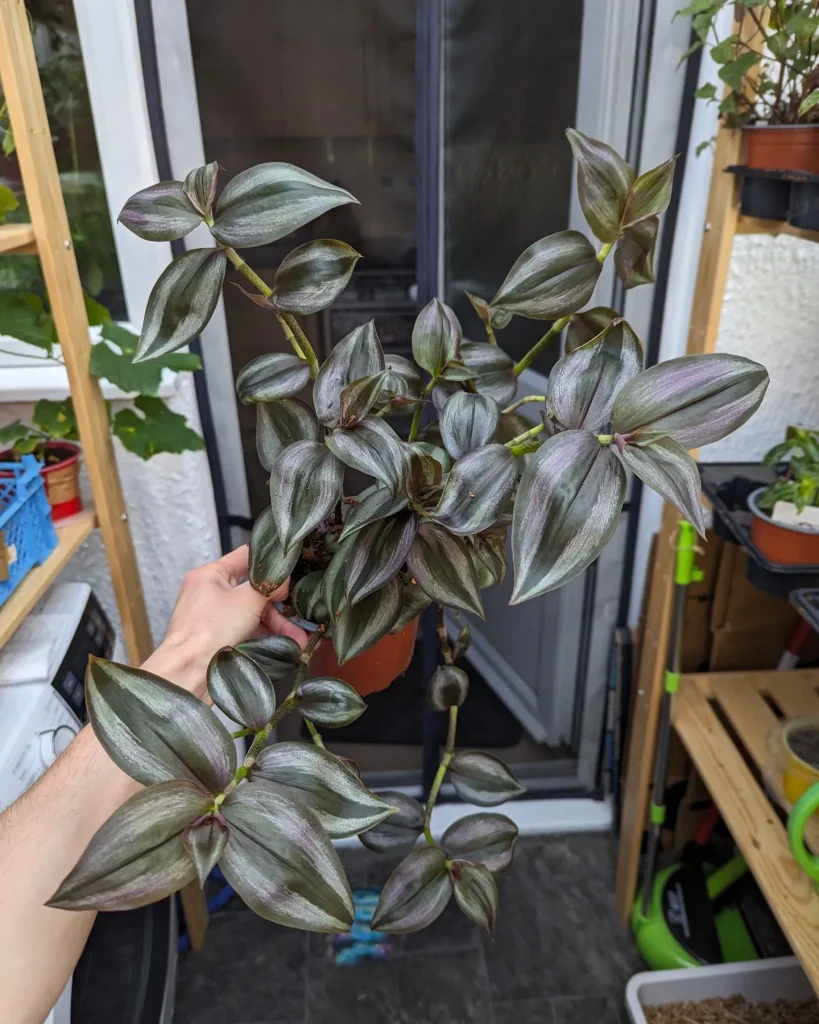FAQs About Dianella Caerulea
Dianella Caerulea, also known as the Blue Flax Lily, is a stunning plant that I’ve had the pleasure of working with for quite some time. This hardy plant thrives in a variety of environments, making it a popular choice for gardeners. In this article, I’ll answer some common questions about Dianella Caerulea based on my own experiences and provide insights into its care, propagation, benefits, and more.
40 Species in Genus Dianella
What Is Dianella Caerulea?
Dianella Caerulea is a perennial plant native to Australia. It features long, strappy leaves and delicate blue flowers that bloom in spring and summer, followed by bright blue berries. The plant grows in clumps and is commonly used as ground cover or in borders. One of the reasons I love this plant is its versatility—whether you have a coastal garden or a dry inland one, Dianella Caerulea can thrive.
How to Care for Dianella Caerulea?
Caring for Dianella Caerulea is straightforward, which is why I often recommend it to new gardeners. It’s drought-tolerant, which is perfect for anyone looking for a low-maintenance option.
- Watering: While Dianella Caerulea is drought-resistant, it still appreciates occasional watering, especially during long dry spells. I typically water mine every two weeks during summer, but it can go longer without if necessary.
- Soil: This plant prefers well-drained soil. In my garden, I’ve found it does well in sandy soils, but it can tolerate clay if it’s well-draining. You can also amend the soil with compost to improve its texture.
- Sunlight: Dianella Caerulea grows well in both full sun and partial shade. I’ve had success growing it in areas with a few hours of direct sunlight daily, but it can handle more or less light depending on your specific conditions.
- Pruning: I prune the plant lightly after it finishes flowering to remove any spent blooms and maintain its shape. This keeps it looking tidy year-round.
How to Propagate Dianella Caerulea?
Propagating Dianella Caerulea is relatively easy. The most effective method I’ve used is division. Here’s a simple process:
- Dig up the plant in spring or early fall, when the weather is mild.
- Divide the clump into smaller sections using a spade or sharp knife.
- Replant each section in a new location, making sure the roots are covered, and water them well.
I’ve found that Dianella Caerulea establishes quickly after division, making this an efficient way to spread it throughout the garden.
What to Plant with Dianella Caerulea?
Dianella Caerulea pairs well with a variety of other plants. In my garden, I often plant it alongside other drought-tolerant species like Lomandra and Kangaroo Paw. It also works well with grasses and low-growing shrubs, adding texture and contrast. I find it particularly attractive when mixed with plants that have softer foliage, as Dianella’s strappy leaves create a striking visual.
Is Dianella Caerulea Toxic?
One question that frequently comes up is whether Dianella Caerulea is toxic. The good news is that this plant is non-toxic to humans and pets. The berries may look tempting, but they’re generally not considered edible. I always advise keeping an eye on pets and small children, just to be safe, but you won’t have to worry about serious toxicity issues with Dianella.
Benefits of Dianella Caerulea
There are several benefits to growing Dianella Caerulea:
- Drought tolerance: As I mentioned earlier, this plant can thrive with minimal water, making it ideal for areas prone to drought.
- Erosion control: Its robust root system helps prevent soil erosion. I’ve used it on slopes in my garden to great effect.
- Attractive year-round: Even when not in bloom, the plant’s foliage remains attractive. I love that it offers visual interest throughout the year.
- Low maintenance: Dianella Caerulea requires very little attention once established, which is a huge plus for busy gardeners.
Common Problems with Dianella Caerulea
Though Dianella Caerulea is a hardy plant, it can occasionally face some issues.
- Root rot: Overwatering or poorly drained soil can cause root rot. I’ve learned the hard way that it’s better to underwater this plant than overwater it.
- Pests: Dianella is relatively pest-resistant, but slugs and snails can occasionally be a problem. I’ve found that using organic slug bait or setting up barriers around the plants can help.
- Leaf spots: Sometimes the leaves can develop spots due to fungal infections. This usually happens in humid conditions. Pruning affected leaves and improving airflow around the plant has worked well for me in preventing this issue.
Comparing Dianella Caerulea to Similar Plants
One plant that is often confused with Dianella Caerulea is Lomandra Longifolia, another hardy, strappy-leaved perennial. While both plants have similar growth habits, Lomandra has yellow flowers, whereas Dianella’s are blue. I grow both in my garden and appreciate their subtle differences in color and form. Lomandra is slightly more resilient to heavy foot traffic, but Dianella’s bright blue berries give it an edge in visual appeal.
Conclusion
Dianella Caerulea is one of my favorite plants for its resilience, beauty, and ease of care. Whether you’re a seasoned gardener or just starting out, I highly recommend giving it a try. With minimal maintenance, it can thrive in a variety of settings, offering both functional and aesthetic benefits to your garden.
If i die, water my plants!



